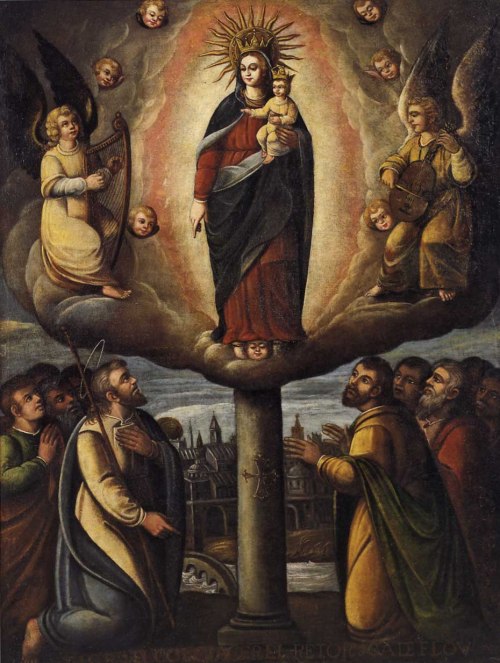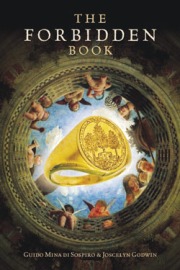“So if I want Mexicans to learn the name of Quetzalcoatl, it is because I want them to speak with the tongues of their own blood. I wish the Teutonic world would once more think in terms of Thor and Wotan, and the tree Igdrasil. And I wish the Druidic world would see, honestly, that in the mistletoe is their mystery, and that they themselves are the Tuatha De Danaan, alive, but submerged. And a new Hermes should come back to the Mediterranean, and a new Ashtarot to Tunis; and Mithras again to Persia, and Brahama unbroken to India, and the oldest of dragons to China.”
—D.H. Lawrence, The Plumed Serpent
As early as in 1968, Alain de Benoist founded in France the Groupement de recherche et d’études pour la civilisation européenne, a ethnonationalist think-tank that rejected Christianity and advocated a return to Paganism. A few years before, at Findhorn, in Scotland, what we now call New Age was born. Those who did not buy the materialistic and atheistic propaganda of the secular West, but who at the same time no longer felt that the answers to their spiritual needs would be found in Christianity, were searching for new options.
For years a student of comparative religion and of scholarly esoterica, I myself find Neopaganism to be a viable prospect, especially in Europe, while Traditionalism of the sort advocated by René Guénon, Frithjof Schuon, Ananda Coomaraswamy, Titus Burckhardt, Julius Evola and other 20th century Traditionalists seems realistically untenable. In other words, despite my good will, I find praying to, say, Mercury, or Odin, or Mithras bordering on the impractical, if not on the silly. On the other hand, many of the deities belonging to Greco-Roman mythology were de facto incorporated into the Roman Catholic religion. The latter, despite its claims to the opposite, is thoroughly polytheistic, owing to its belief in the Trinity; in an overabundance of male and female saints; and in the Holy Virgin, worshipped through a multitude of apparitions in different countries and even regions within the same country. It couldn’t be otherwise, given the inescapable influence of the mythology Roman Catholicism eventually supplanted.














